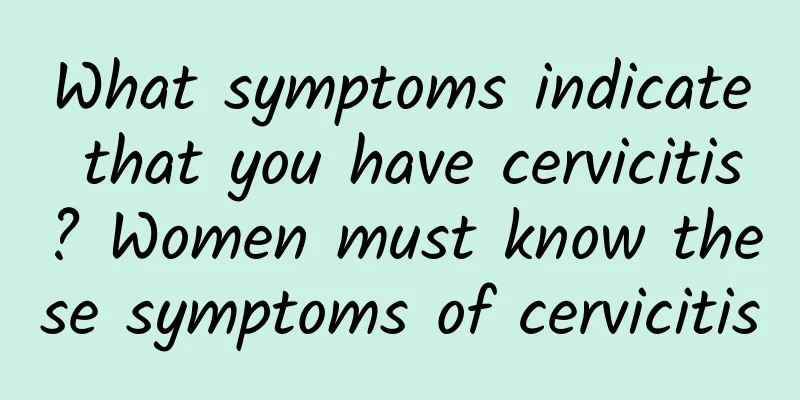What tests are needed after a missed abortion?

|
After a missed abortion, ultrasound examination, blood HCG test and pathological histology examination are needed to evaluate the recovery of the uterus, determine whether the abortion is complete, and exclude possible pathogenic factors. The examination is very important and helps reduce the risk of sequelae and guide subsequent treatment. 1. Ultrasound examination: After a missed abortion, ultrasound examination is the preferred method to evaluate whether there is residual pregnancy tissue in the uterus and the recovery of the uterus. It is usually performed one to two weeks after the abortion and curettage. If residual tissue is found, drug-assisted expulsion or re-curettage may be required. 2. Blood HCG test: Dynamic monitoring of serum HCG human chorionic gonadotropin levels can reflect whether the pregnancy tissue is completely expelled. If the HCG level does not drop to the normal range, it indicates that there may be residual pregnancy tissue or even rare trophoblastic lesions, which require further intervention. 3. Pathological histological examination: After the pregnancy tissue is removed, it is sent for pathological examination to clarify the cause of miscarriage, especially for genetic abnormalities, infection or hormonal problems. Understanding the specific cause will help develop a preventive strategy for the next pregnancy and reduce the risk of recurrence. In addition to the above examinations, you also need to pay attention to lifestyle adjustments after a missed abortion. Women need to take a rest, avoid fatigue, and maintain a balanced diet to replenish the body's deficit caused by blood loss during abortion. Psychological adjustment is equally important, and it is recommended to relieve emotional stress through family companionship or psychological counseling. Examination and proper conditioning after missed abortion are crucial for physical recovery and prevention of recurrence. If you have any abnormal symptoms, please seek medical attention immediately. Close observation, timely review and lifestyle management can help women's bodies gradually return to a healthy state. |
<<: Is it possible to get pregnant smoothly after a missed abortion?
>>: Does polycystic ovary have any effect after menopause?
Recommend
What are the main causes of cervical erosion?
Treatments for cervical erosion include medicatio...
Experts take everyone to know the typical symptoms of pelvic inflammatory disease
Among the many symptoms of pelvic inflammatory di...
Vivian Hsu's 4-point weight loss expert: unhealthy
Vivian Hsu, 38 years old this year, has been in t...
What are the dangers of using a warm baby for dysmenorrhea
Dysmenorrhea, or painful menstruation, is one of ...
What does uterine fibroids mean? What is the age of onset of uterine fibroids?
Uterine fibroids are actually very common, but du...
How to differentiate habitual abortion
How to differentiate habitual miscarriage? Many p...
What foods are suitable for patients with cervical warts?
Cervical warts are difficult to treat nowadays. W...
How to identify uterine fibroids? What should be checked before treatment of uterine fibroids?
According to traditional Chinese medicine, uterin...
Eat to get lean in 3 weeks! 3 tips to lose weight the fastest
I can’t lose weight, what’s wrong? If you eat the...
What if my period is two days late and I have brown discharge?
What if my period is two days late and I have bro...
Will adnexitis cause bleeding symptoms?
Will adnexitis cause bleeding symptoms? It is not...
How much does it cost to cure cervical warts?
In life, many patients with cervical condylomata ...
The flat belly photo is super eye-catching! Douhuamei: Maintaining "this sitting posture" can help burn fat in the waist
The fresh and sweet Cai Huangru Douhuamei has a s...
Brief introduction to the daily precautions of vulvar leukoplakia
Vulvar leukoplakia is a relatively common gynecol...
Ladies, do you know what causes dysmenorrhea?
During women's menstrual period, the most ann...









